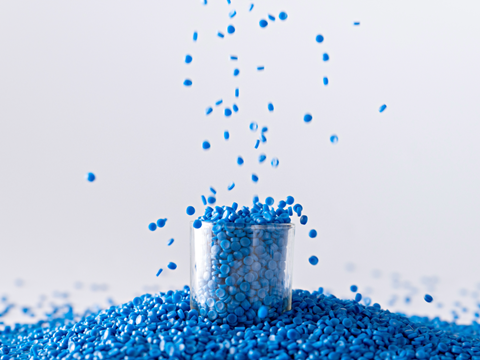
Chemical recycling for plastics has reached an ‘all-time peak’, Appleyard Lees reports, with the number of organizations filing patents said to have more than tripled over five years.
According to the Inside Green Innovation: Progress Report, which examines patent filing data through 31st December 2023, a total of 794 patents were filed. This marks a 3% increase from 2022 (746), but doubles the amount of patent activity recorded in 2019 (368).
Generally speaking, recycling methods are thought to have achieved an upward trajectory in the last five years. Pyrolysis saw a peak in patent applications with 333 recorded in 2023, up from 325 in 2022. Thermal recycling was still popular, but fell seven patents short of the 332 applications in 2022.
Among the technologies covered by the latest patents were a hydroprocessing method for manufacturing aldehydes and alcohols from plastic waste; extrusion methods for producing a regenerated polyolefin resin; and systems and methods for the microwave hydrolytic dechlorination of mixed plastic waste.
Of all the plastic types, 297 patents concerned polypropylene – typically in food packaging applications – followed by 288 for PET and 277 for PVC.
Where countries are concerned, South Korea is reportedly leading the way in innovation activity. Its patent filings increased by over 20% since 2022, and it has now overtaken the US and Europe with 215 filings.
The number of organisations filing patents in the chemical recycling sector has more than tripled over five years, the data suggests. Applicants include research institutions involved in early-stage technology development – but BASF has also overtaken Eastman Chemical as the company filing the most chemical recycling patents; its filings have more than tripled since 2022, increasing from 11 to 36.
“Despite a slowing of the growth rate, the overall upward trend will likely continue, given growing pressure on manufacturers to embrace a sustainable, circular plastic economy and the need to close the gap between the amount of plastic waste produced and recycled,” said Amelia Foster, patent attorney at Appleyard Lees.
“Progress in chemical plastics recycling will come from a portfolio of methods that together can manage the wide variety of polymers in circulation. The political and societal pressure, along with government initiatives, reinforces the expectation that chemical recycling growth and innovation is set to continue.”
“While in Europe the total amount of plastic being recycled is generally increasing year on year, so is the amount of plastic being produced,” added Appleyard Lees’ partner, Chris Mason. “This needs a step-change in the amount of plastic being recycled.”
Earlier this year, the EU set out its approach to mass-balance accounting and ignited hopes for renewed investment in chemical recycling. Mark Victory from ICIS walked us through the way these rules would look in practice and considered any additional changes.
Yet a Bain & Company report indicated that 650 million metric tons of polyolefins must be chemically recycled across the world to achieve cost parity with virgin plastic production in the next 20-30 years. In a base case, it argued that European chemical recycling requires €400 billion in cumulative capex to compete with virgin plastics production.
If you liked this story, you might also enjoy:
The ultimate guide to the Packaging and Packaging Waste Regulation in 2025
How are the top brands progressing on packaging sustainability?
Everything you need to know about global packaging sustainability regulation in 2025
The key to increasing the use of reusable packaging in supermarkets

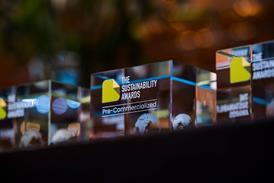

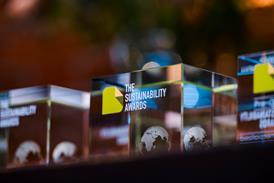
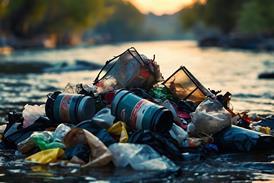
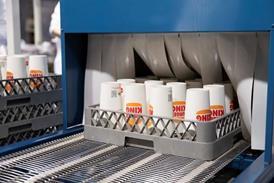















No comments yet